
The 5 E’s of InquiryBased Learning
Essentially, inquiry-based learning is a natural way to learn a second language. It allows students much more control of their learning experience, while teachers help and guide them along. It encourages our children's natural curiosity and sense of wonder about the world around them. Find out who's on the shortlist for this year's ELTons.
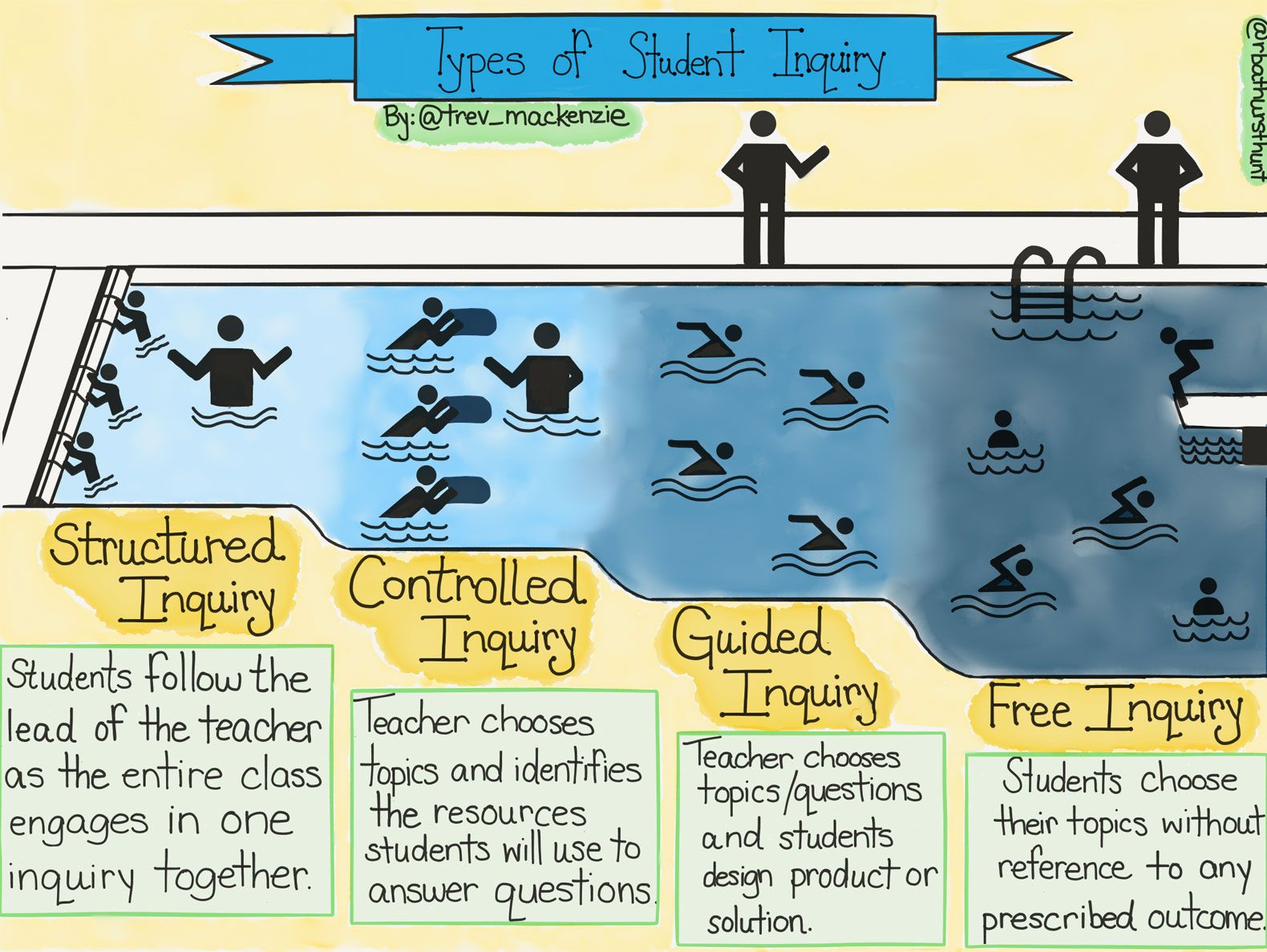
Bringing InquiryBased Learning Into Your Class Edutopia
Inquiry-based learning (IBL) is a learner-centred approach which starts with an essential question. Learners investigate the topic to find answers to the question, developing language and skills throughout the inquiry. The learner plays an active part in both their learning and the decision-making process.

Inquiry Based Learning Infographic Inquiry Based Learning, Project Based Learning, Student
Inquiry-based learning, if front-loaded well, generates such excitement in students that neurons begin to fire, curiosity is triggered, and they can't wait to become experts in answering their own questions. What inquiry-based teachers do isn't easy at all; it's just hidden, and some people confuse the two.

Exploring InquiryBased Learning Studycat
Pedagogy Teachers Guide to inquiry-based learning with examples April 25, 2023Will Sullivan What is inquiry-based learning? Inquiry-based learning focuses on student choice and curiosity. It is more than just research, it is engaged in investigation into interesting and authentic topics. The main element of inquiry is student choice.

How To Use Inquiry Based Learning In The Classroom Mabry Torteropaid
Each student can build upon their strengths. With an open-ended path, inquiry-based learning allows students to build upon their strengths, feel engaged, and take ownership of learning. As a teacher, get creative to add to the knowledge and skills they have, while assisting the student to reach their learning goals on a path that they can lead.
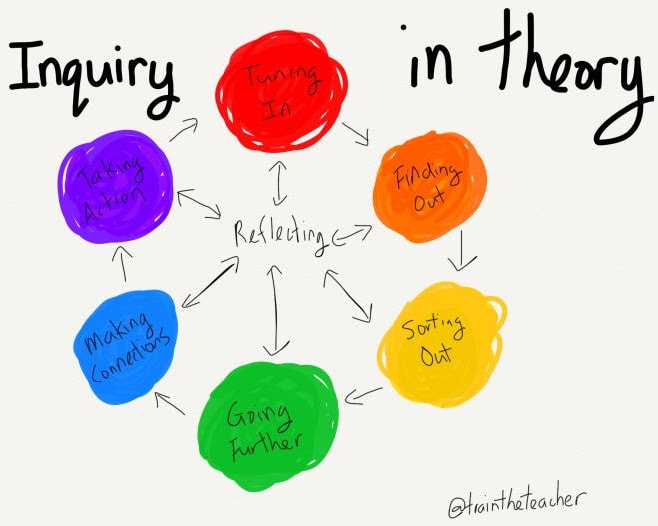
InquiryBased Learning THINKING PATHWAYS
Types, Benefits, Examples December 13, 2023 Dive in, What Is Inquiry-Based Learning? The 4 Types of Inquiry-Based Learning 7 Benefits of Inquiry-Based Learning 5 Inquiry-Based Learning Examples 5 Strategies and Tips for Implementing Inquiry-Based Learning 4 Models To Use In The Classroom Let's Wrap! Frequently Asked Questions (FAQs)
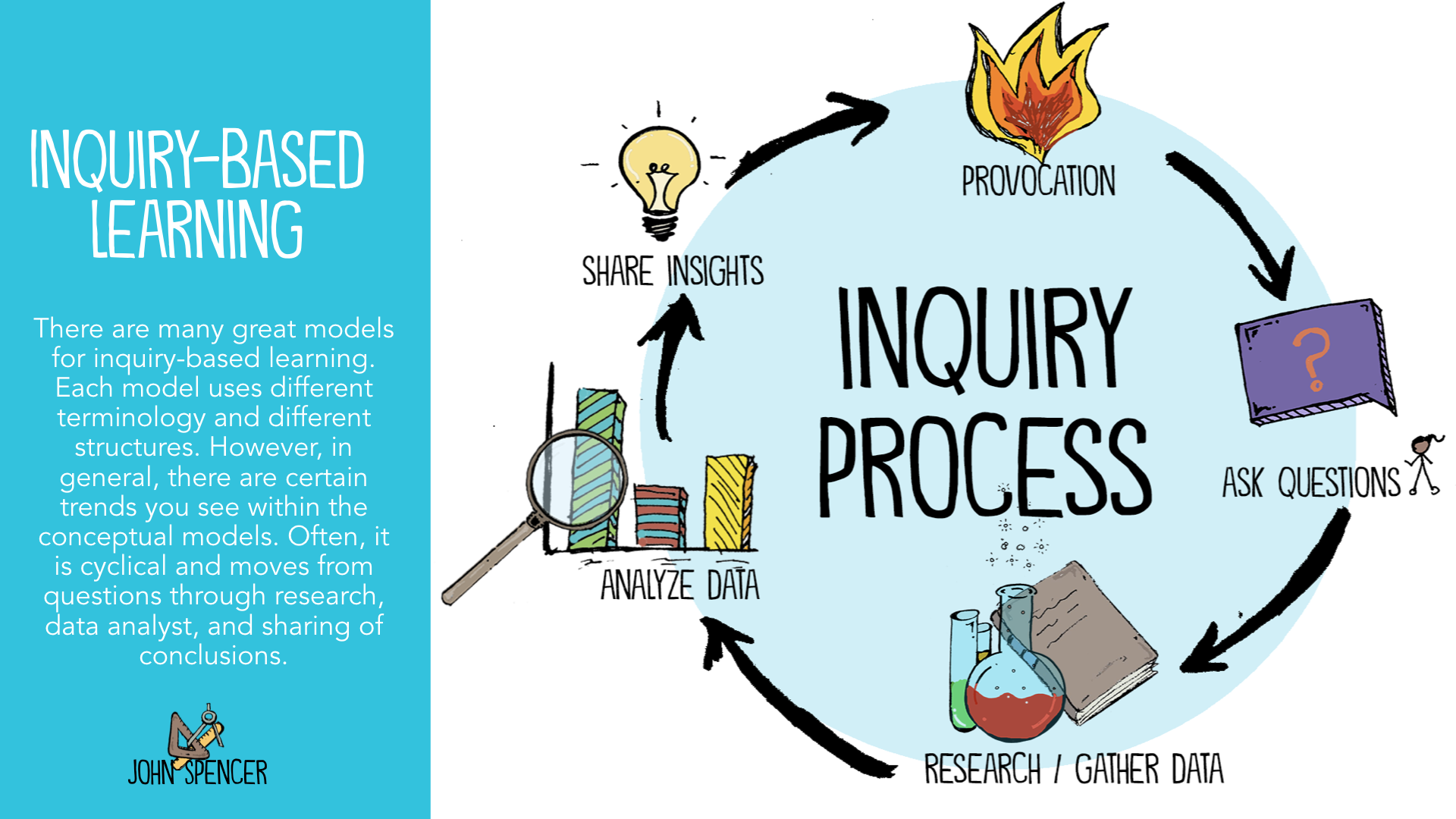
inquiry cycle John Spencer
In the shallow end of the Types of Student Inquiry pool, Structured Inquiry gives the teacher control of the essential question, the starting point—for example, "What defines a culture?" or "What is the importance of the scientific method?"
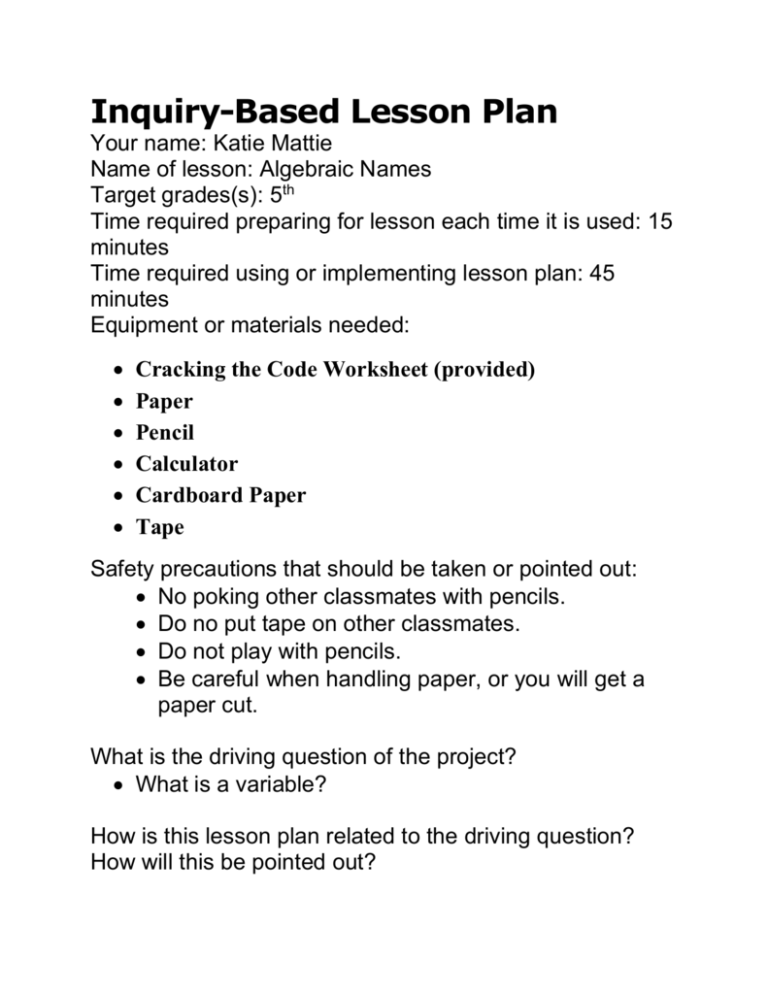
InquiryBased Lesson Plan
There are five phases to an inquiry based learning approach. The 5 phases are: Orientation - discovering the problem. Conceptualization - finding a research question. Investigation - collecting evidence and information. Conclusion - analyzing the evidence and making up your mind. Discussion - exploring the implications of your new.
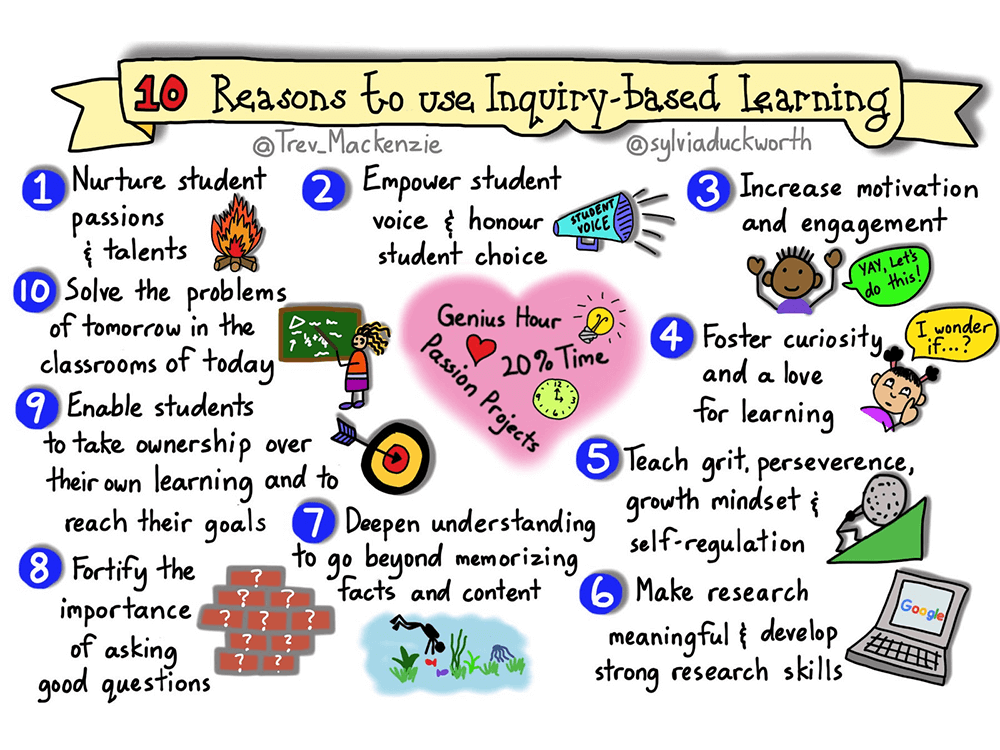
10 Benefits Of InquiryBased Learning TeachThought
Examples of inquiry based learning are authentic and meaningful. They incorporate real-world problems and issues and give students opportunities to develop soft skills like problem-solving, collaboration, and creativity. Below is a comprehensive list of ten inquiry based learning examples for back to school. 1. Community Gardening
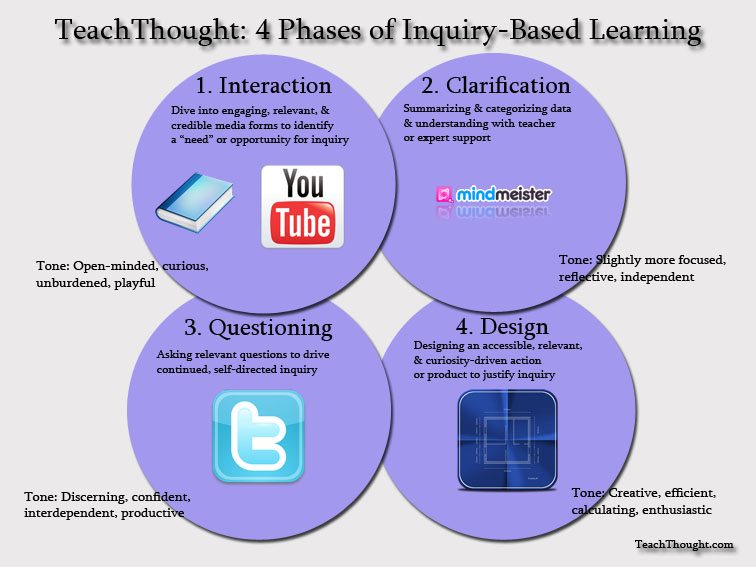
4 Phases of InquiryBased Learning A Guide For Teachers
Inquiry-Based Learning: An Approach to Educating and Inspiring Kids : Scan an in-depth inquiry-based learning guide for information on techniques and strategies for doing inquiry-based projects in any educational setting. (YouthLearn, 2016) Quality Instruction + Differentiation : Find out how to help students relate work to overarching questions.
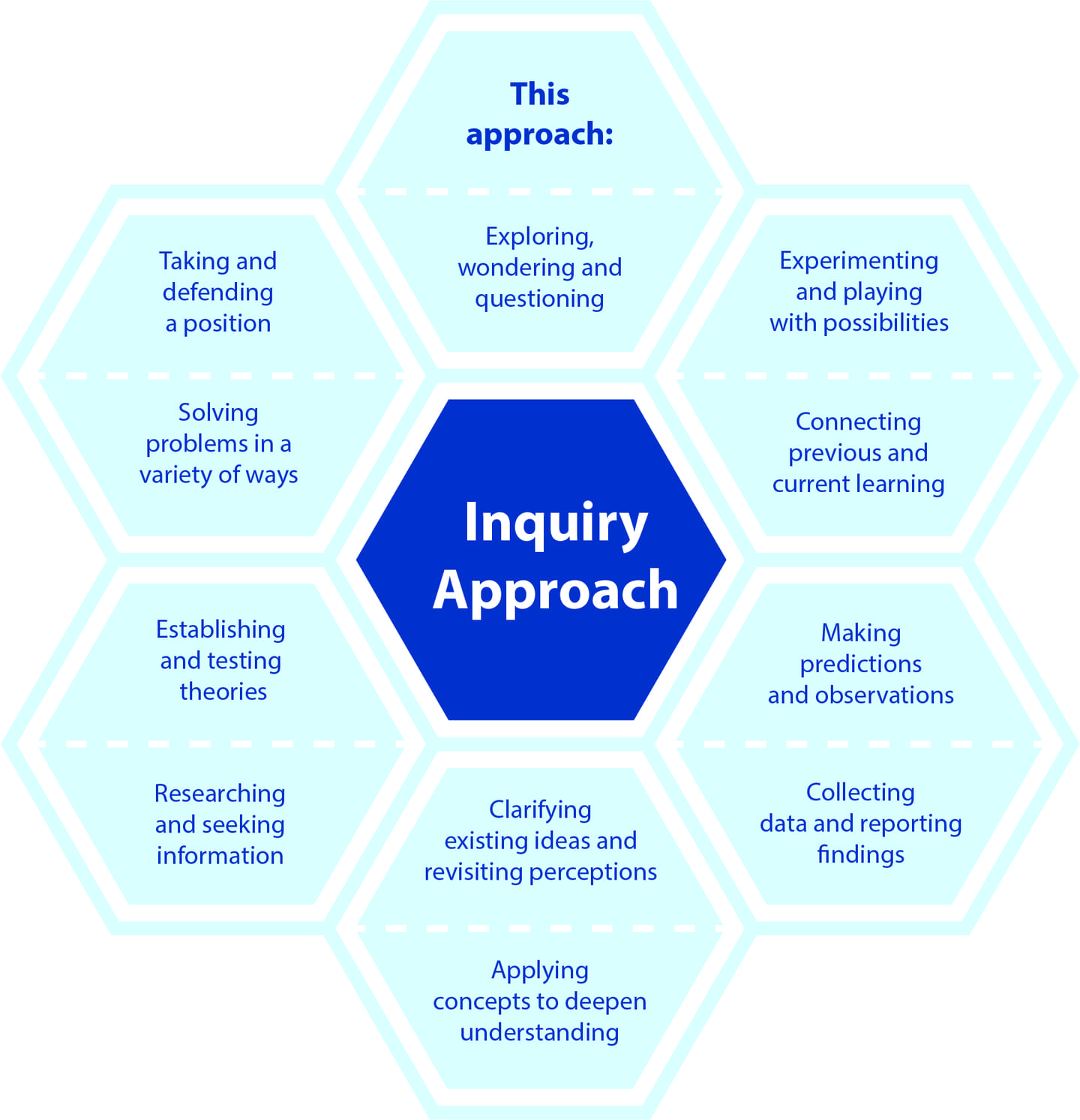
Inquiry McGraw Elementary
Inquiry-based learning emphasises a student's role in the learning process and asks them to engage with an idea or topic in an active way, rather than by sitting and listening to a teacher.
Inquiry Based Learning Create Dream Explore
Key Contrasts Inquiry-Based Learning Examples (With Use Cases!) Tips for Successfully Implementing Inquiry-Based Learning Inquiry-Based Learning 101: A No-Nonsense Summary Inquiry-Based Learning (IBL) is a student-centric educational approach that flips the traditional teacher-led paradigm.

Simple Inquiry Based Learning at Home Days With Grey
Inquiry-based learning delivers its share of benefits, but you must recognize which lessons don't call for inquiry. Take this scenario as an example: You want to run a guided inquiry activity for math class, which (a) introduces negative integers and (b) requires students to determine the concept's application in real-life scenarios.
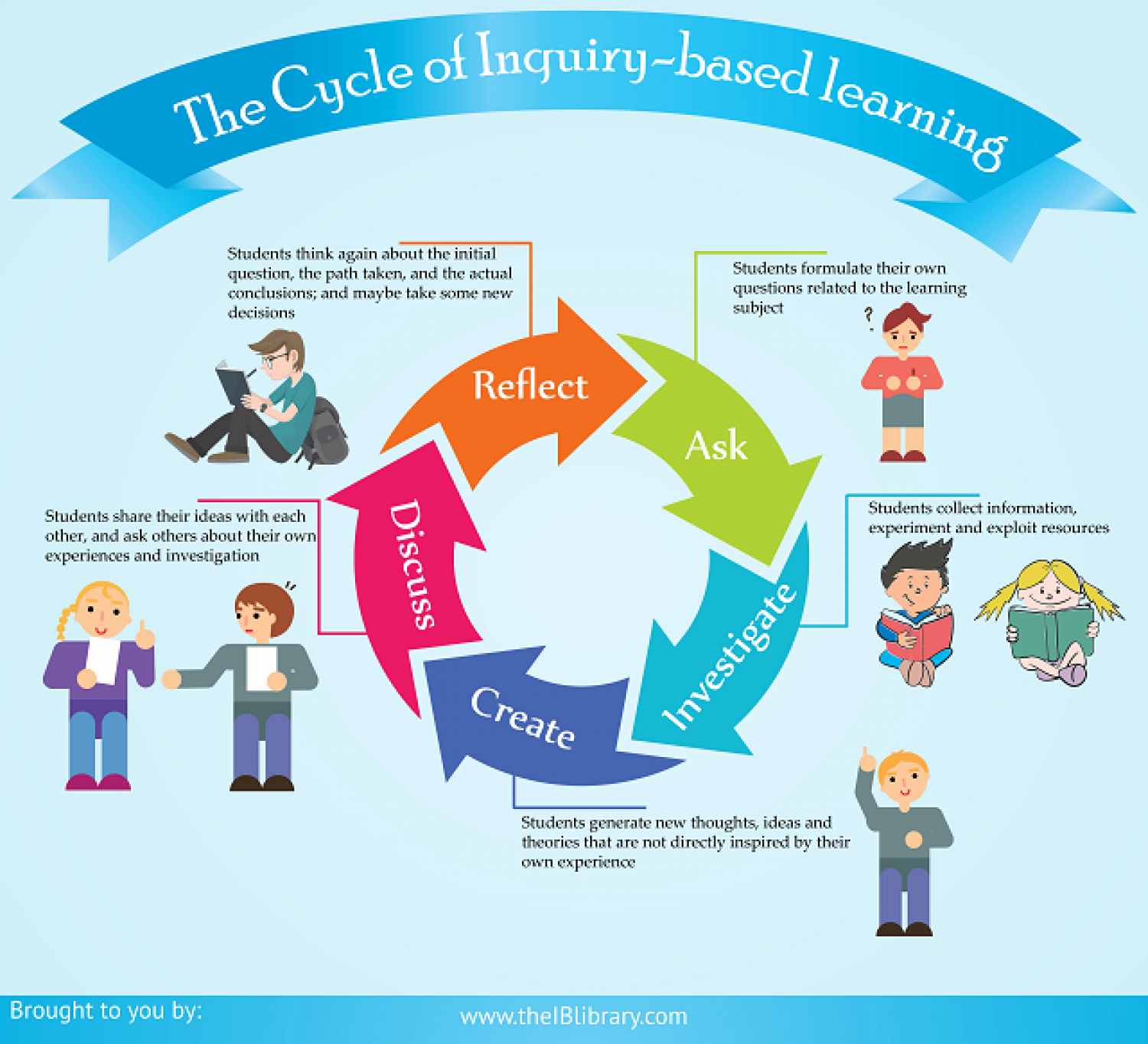
Inquiry Based Learning PNG Transparent Inquiry Based Learning.PNG Images. PlusPNG
5 Terrific Inquiry-Based Learning Examples — Future Focused Learning Learner Agency Air Pollution 101 | National Geographic Climate change • Climate change refers to long-term shifts in temperatures and weather patterns, mainly caused by human activities, especially the burning of fossil fuels. Watch on Fluids, Buoyancy, and Archimedes' Principle
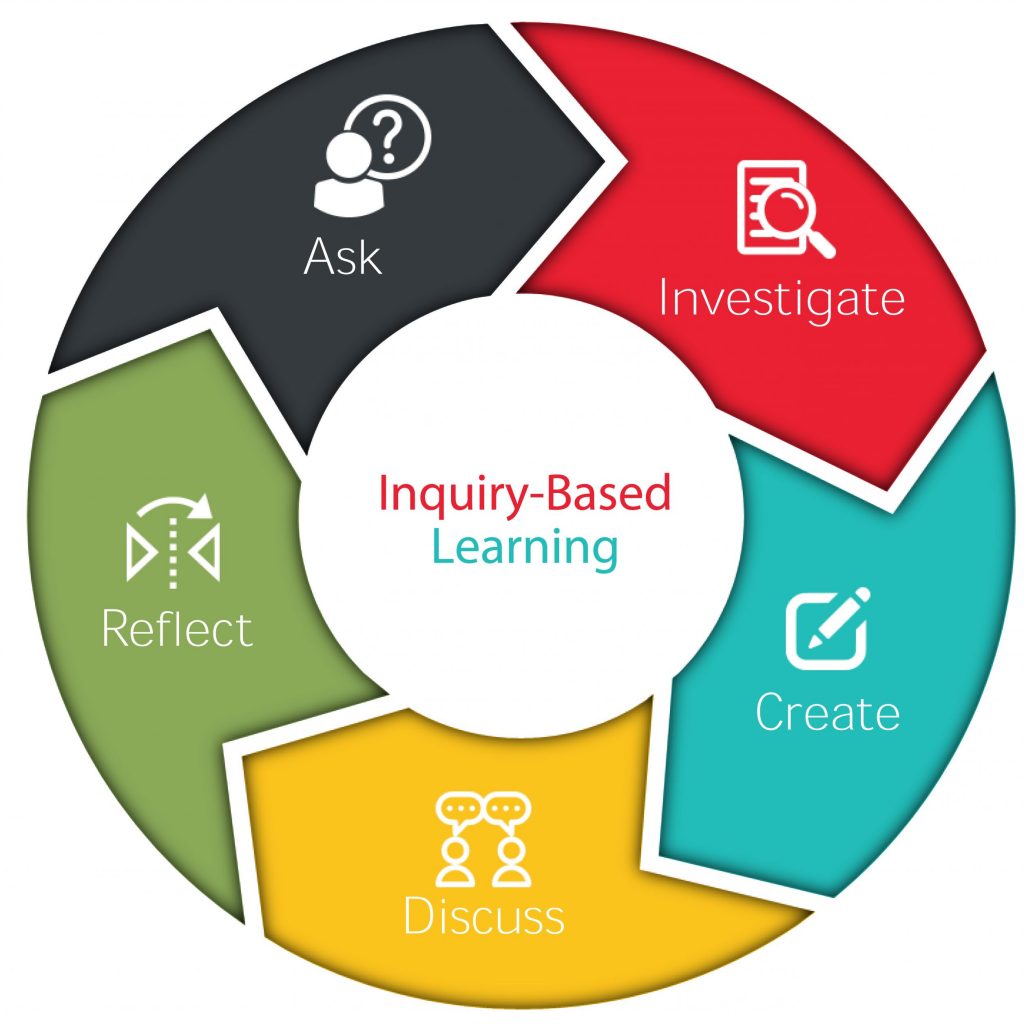
Our Approach Kids Stem Studio
Inquiry-based learning (also spelled as enquiry-based learning in British English) [a] is a form of active learning that starts by posing questions, problems or scenarios. It contrasts with traditional education, which generally relies on the teacher presenting facts and their knowledge about the subject.
The Inquiry Learning Cycle
Examples of inquiry-based learning include observational field trips, science experiments, and hypothesis-based research projects. This learning strategy is believed to increase students' level of engagement in the learning process.